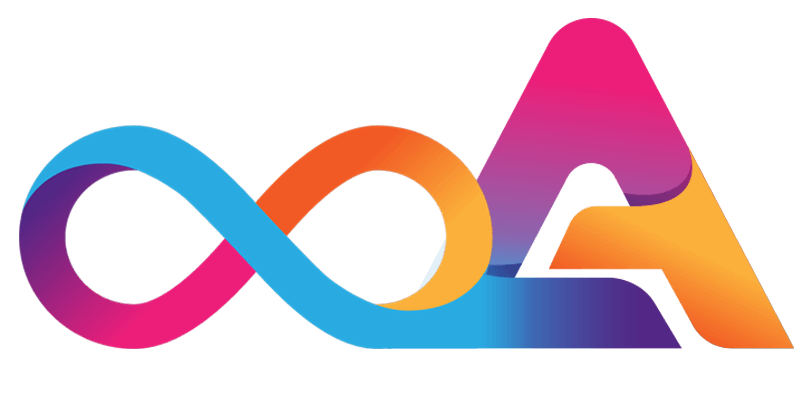Developer Resources
Glossary
Explanations of the most important terms relating to the Internet Computer blockchain and its technical architecture

Internet Computer Vocabulary
An alphabetical list of IC terms and their definitions
Table of Contents
For better accessibility, here is an overview of all the terms explained in the following.


